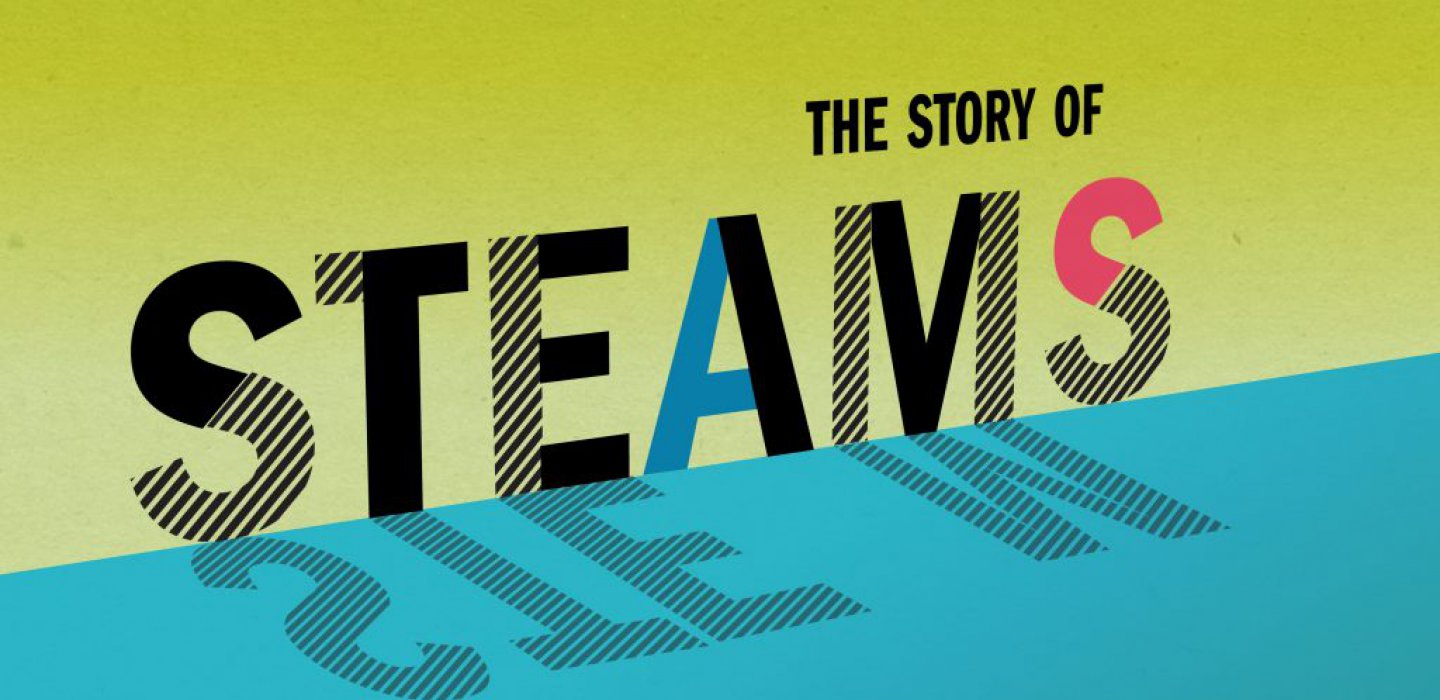The Birth of the Acronym
Science Technology Engineering Mathematics
Dr. Judith A. Ramaley, a former director of the U.S. National Science Foundation’s Education and Human Resources Division, is credited with coining the acronym STEM in 2001 (initially termed as SMET), defining the science, technology, engineering, and mathematics curriculum. Educational and professional institutes were quick to adopt the acronym, strengthening the importance of STEM education to prepare learners for an era of technological advancement and the demands of the 21st-Century.
Does STEM embrace the 4 C’s identified as key in 21st-Century Competencies: Creativity, Collaboration, Critical Thinking, and Communication? In a policy document, the province of Ontario identifies these four most prominent competency areas taken from research that “make a measurable contribution to educational attainment, relationships, employment, and health and well-being outcomes, and do so for all individuals, not only those in a specific trade, occupation, or walk of life” (Rychen, 2003).
The Expansion of STEM to STEAM
Science, Technology, Engineering, Arts and Mathematics
Facing and managing a massive wave of change ahead of us requires a growth and innovative mindset. Change leaders need to be equipped with technical skills armed with complimentary soft skills and creativity to groom the next generation of leaders. The factory of education must generate well-rounded human beings. This prompted discussions on STEAM, emphasizing the shift towards art integration in STEM subjects. The key innovator credited with updating STEM to STEAM is Georgette Yakman, an engineering and technology teacher who was the STEAM educational framework’s founding researcher in 2006. Liberal arts, a convergence of fine arts with design thinking, a marriage blending scientific discoveries with artistic talents to make things more functional and beneficial for people to use, and analytical skills to go beyond the textbook are tools of utmost significance.
Think about it; everything we know about human civilization was communicated to us through paintings on the walls of abandoned caves, sculptures carved out telling us a story and objects found buried deep. Art is one of the essential elements of humanity, and these early forms of art led the way to where we are now.
In particular, STEM education seems to have a bad reputation among young learners, who would rather study anything else. An all-inclusive approach to teaching is crucial for the development of their well-being. It takes a grander and out-of-the-box attitude to the complex and unpredictable challenges of tomorrow. The field of innovation and Industry 4.0 requires a workforce equipped with unique life skills that can impact change with sophisticated solutions. An expanded STEAM approach supports incorporating inquiry-based principles with a creative lens to design desirable end products.
With the current global health crisis, STEM professionals are pivoting their skills in developing meaningful solutions to large-scale problems. Educators are encouragingly adopting hands-on learning opportunities, generally called “makerspaces” to foster collaboration in learning and discovery, embedding science and technological resources with data art and game creation. Humber College’s experiential learning approach is one such example of meeting this challenge, where The Barrett Centre for Technology Innovation features interactive technology zones and such makerspaces.
Leonardo Da Vinci was on to something years ago when he stated, “Study the science of art. Study the art of science.”
Some Inspiring STEAM projects:
- Artist and designer Leah Heiss worked with nanotechnologists in biomedical industries to develop jewellery to help people with diabetes administer their insulin
- Artist and industrial designer Stephen Mushin focuses on tackling climate change and species extinction with brute creativity
- 11 artists to explore interdisciplinary connections between the world of art and the world of science
“If the children and students of today are our future, this is the type of education we need,” Naveen Jain, founder of the World Innovation Institute, wrote a few years ago when STEAM was just gaining momentum. “Today’s education system does not focus enough on teaching children to solve real-world problems and is not interdisciplinary, nor collaborative enough in its approach.”
Transforming STEM to STEAMS
Science, Technology, Engineering, Arts, Mathematics and Society
Artist-activist and educator Sheila Pinkel points out that there is still a component missing from this formulation, and that is society. “Society needs to be added to create a complete educational model (STEAMS) in which the social implications of science, social science and art are considered as well” (Pinkel, 2016).
We are moving in the more inclusive direction of STEAMS, albeit slowly. Human-centred design (HCD) is a process that exemplifies this kind of integrated model. While rapid advances in technology have increasingly disrupted all sectors of the economy over the last two decades, companies incorporating its principles into corporate strategy have clearly proven that HCD can increase the value of an organization over time (Grant, 2018).
Dr. Howard Gardner, a psychologist and professor of education at Harvard University, perhaps best sums up this whole discussion:
‘everyone deserves to learn about the arts and humanities just as much as they deserve to learn about maths and the sciences’ (Jolly, 2014).
We posit: ‘everyone deserves to learn about their role in shaping an ethical and empathetic society and to learn about the arts and humanities…’.
Morals, values, responsibility, and ethics steeped with creative and innovative thinking assisted by STEM development’s continuing growth are perhaps an inclusive and sustainable attitude to our changing times and create a diverse foundation for the future to build on.
We would add empathy to this equation to complete the formula.
